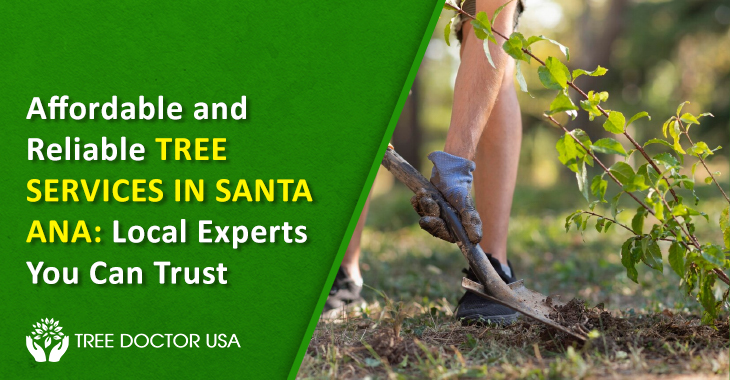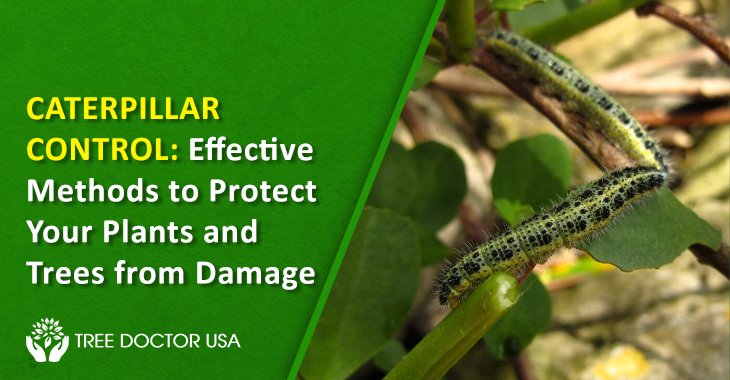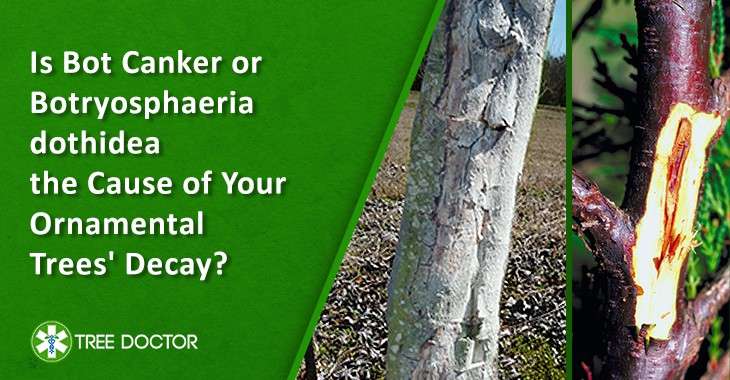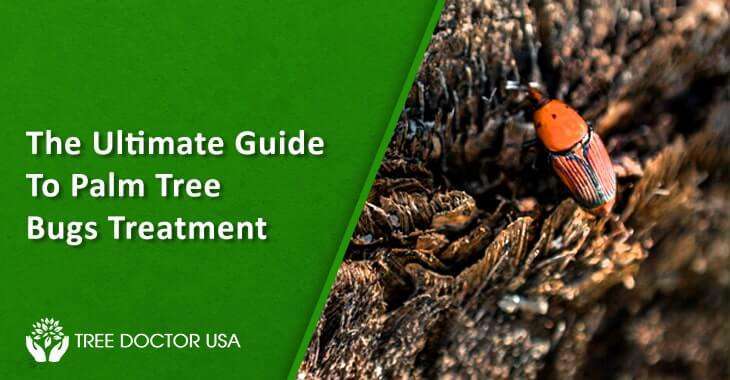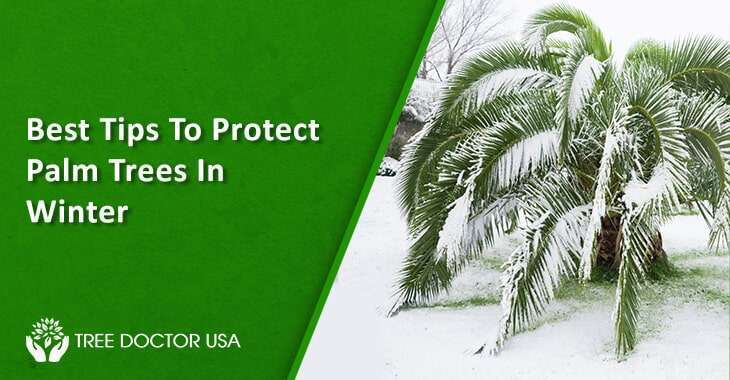How To Tell If a Tree Stump Is Rotten?
Tree stumps may be creatively used as planters or fanciful fairy dwellings, adding a rustic charm to a yard or garden. However, a decaying tree stump can potentially become deadly. Being able to tell if the stump of a tree is deteriorating can help you keep your outside space appealing and secure. Additionally, preserving a tree stump can increase its lifespan and utility. This blog will help you determine if your tree stump is decaying and offer preservation advice.
Why Does a Tree Stump Rot?
Understanding the causes of tree stump deterioration is essential to preserve a tree stump before looking at the signs of rot. Rot is the consequence of bacteria and other microbes destroying the wood. Rot is caused by several factors, including:
- Moisture: Extended contact with water might quicken the deterioration process.
- Oxygen: Stump exposed to air is more likely to decay since fungi and bacteria require oxygen to flourish.
- Temperature: Rot-causing organisms can grow more quickly in warm climates.
- Wood Type: The resistance to decay varies across different kinds of wood.
Characteristics of a Rotten Tree Stump
A tree stump is rotting when it exhibits many warning symptoms. By checking your tree stump regularly, you may identify rot early and take the necessary steps to preserve a tree stump.
-
Texture: Spongy and Soft
Changes in texture serve as the most noticeable indicators that a tree stump is decaying. If you want to preserve a tree stump, notice that healthy wood is robust and durable. Decaying wood is soft and spongy. You may test this by inserting a screwdriver or similar object into the wood. It’s probably rotted wood if it falls in readily.
-
Discolouration
Discoloration in rotten wood is common. Seek for areas on the stump that contrast with the surrounding color. In addition to being discolored, these patches of wood may feel drier or wetter than adjacent wood.
-
Bad Smell
Strong, disagreeable odors are released as bacteria and fungi break down wood. Your stump probably has rot if you notice a bad odor coming from it. If any unpleasant smells are coming from the decomposition, take quick action to treat and preserve a tree stump.
-
Mushrooms and Fungi
If mushrooms or other microbial growths emerge around a tree stump, it’s a sign that the stump has rotted. Growing on rotting wood, fungi indicate that decomposition is continuing. A tree stump should be monitored and managed for fungal development to stop further degradation and retain its structural strength over time, whether it is to be used for gardening or other purposes.
-
Cracks and Holes
As the wood rots, rotten stumps frequently get holes and split in it. These may result from decaying wood splitting apart or insects boring into the wood.
-
Infestation of Insects
A decaying stump may draw bugs. If termites or ants go from the stump into your house, they might seriously harm it.
-
Stump Aging
When exposed to the weather, stumps eventually start to decay. More often than not, older stumps have already begun to deteriorate.
The Effects of a Decaying Tree Stump
Ignoring a decaying tree stump can result in several problems:
Pest Infestation:
As was already said, bugs may be drawn to a rotting stump. If termites or ants make their way from the stump into your house, they might seriously harm it. So we need to preserve tree stumps from pests.
Disease Transmission:
Bacteria and fungi that flourish on decaying wood can transfer to neighboring healthy plants, perhaps leading to disease and decay.
Safety Risks:
A rotting stump may suddenly fall, making it unstable and dangerous. Hence it is highly necessary to preserve a tree stump from rotting.
Other Impacts:
We need to preserve a tree stump as your garden or yard may look less attractive due to rotten and decaying stumps.
Techniques for Handling a Rotten Tree Stump
If it turns out that your tree stump is rotting, there are a few methods you may try to fix it:
Chemical Elimination
Stump remover: Chemical stem removers accelerate the breakdown process and are available in a range of forms. Usually, these substances are injected into the holes made in the stump to expedite decomposition. This facilitates stump removal.
Herbicides: some herbicides harm a stump’s roots. It can also prevent future development. This may speed up the deterioration process. Selecting a suitable herbicide can help protect a tree stump by effectively preventing deterioration and regrowth.
Mechanical Disposal
Stump Grinding: Cut down the decaying stump lower to the ground. Hire a professional to do this. A stump grinder is used in this operation to reduce the timber to tiny bits.
Hand Removal: For small stumps, you may dig near the base and remove the stump by hand using a mix of leverage, saws, and axes. Although labour-intensive, this method works well to preserve a tree stump.
Organic Disintegration
Composting: You may let nature follow its time and let the stump break down naturally if you’re not in a rush. This procedure can be accelerated by introducing soil or compost to the area to promote microbial activity.
Mushroom Cultivation: Some cultivate mushrooms by planting them on decaying stumps. You may expedite the decomposition process and transform the rotting wood into an excellent source of nutritious mushrooms by vaccinating the stump using mushroom spores.
Preventive Actions
Appropriate Tree Removal: Check that the stump gets cut as near to the ground as feasible when taking down a tree. By doing this, the quantity of wood that is exposed to the weather is decreased, delaying the decaying process.
Frequent Inspection: To stop more deterioration, regularly check tree stumps for indications of rot and take quick action to fix any problems found.
Final Takeaway
If you preserve a tree stump, it may improve your outdoor area’s charm and attractiveness. You can maintain the integrity of your property by being proactive and learning to recognize the early indicators of decay. Routine maintenance and inspections are necessary to stop degradation. Your stump will last longer if you do this. Connect with Tree Doctor USA right now for your tree’s good health. Your tree stump will continue to be a lovely feature in the landscape for many years if you maintain good care of it. A tree stump may serve as a continual reminder of the area’s scenic beauty if you take adequate care of it. Invest in its maintenance now to reap its rewards later. A well-maintained stump may also serve as a garden focal point, giving it a certain beauty.



